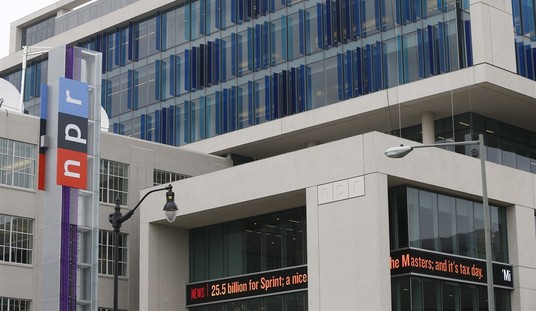Several states have either already begun to open back up for business (South Carolina, Georgia) or are preparing to do so this week (Colorado). The debate is still raging over whether or not this is too soon, just the right time, or even too late to rescue the economy. But in the end, it’s going to be the people themselves who determine when they can’t take the lockdowns anymore and begin heading out to rejoin the world. Now we know that the patience of some folks has just about worn out and they’re preemptively leaving their homes in increasing numbers. How do we know? Some of the usual suspects have been tracking your movements by monitoring your phones’ location data, and they’re calling this emerging trend “quarantine fatigue.” (Stamford Advocate)
Researchers tracking smartphone data say they recently made a disturbing discovery: For the first time since states began implementing stay-at-home orders in mid-March to limit the spread of the novel coronavirus, Americans are staying home less.
The nationwide shift during the week of April 13 was relatively slight. However, any loss of momentum, particularly when stay-in-place orders remain in effect across most of the country, has some public health experts worried about “quarantine fatigue.” Any increase in travel, they say, is premature when staying home remains the most effective way to limit the spread of the virus until widespread testing and contact tracing become available…
Because the study’s sample size is so large – more than 100 million cellphones observed monthly – even slight changes are statistically significant, [Lei Zhang, of the Maryland Transportation Institute] said.
We’re not talking about a massive shift in the percentages here. The group conducting this tracking is the Maryland Transportation Institute at the University of Maryland. The criteria they use is to determine how many times per day or week individuals were traveling more than one mile from their home location. For the week ending April 17th, they detected a decrease from 33 percent to 31 percent of people remaining within one mile of their home as compared to the previous week.
Normally we would look at a shift of two percent in any survey and write it off as statistical noise that falls within the margin of error, but not in this case. That’s why I included their sample size in the excerpt above. The way they find out how often people are leaving their homes is by monitoring location data from various apps on their phones. And their sample size is 100 million phones that are being tracked? Seriously?
The current estimated number of smartphone users in the United States is 275.66 million. That means that this group is accessing more than one-third of the phones in the country and monitoring people’s movements.
How do they do it? It turns out that it’s really not difficult at all. Your wireless carriers are selling your location data in real-time without even telling you. As recently as a few months ago, companies like LocationSmart and Zumigo were buying and selling user location data from AT&T, Verizon, T-Mobile, and Sprint, among others. And the data was solid enough for a bounty hunter to track down a reporter working on the story by knowing the reporter’s phone number and paying $300.
The carriers also sell our location data in far larger quantities to businesses that want to be able to craft targeted advertising to consumers. Knowing where and how often you go can tell them a lot about what sort of products you might like to buy. So I’m probably far less concerned about organizations tracking our social distancing patterns than all the rest of the spying going on, but it’s still a concern.
So if we assume that their 31% number is accurate, does that mean that people are suffering from “quarantine fatigue” and ignoring the government’s warnings? Probably not. If you stop to think about it, less than one-third of all people isn’t a very good compliance rate to begin with. And any minor shifts can likely be accounted for by the fact that more state governments were already talking about opening society back up.








Join the conversation as a VIP Member